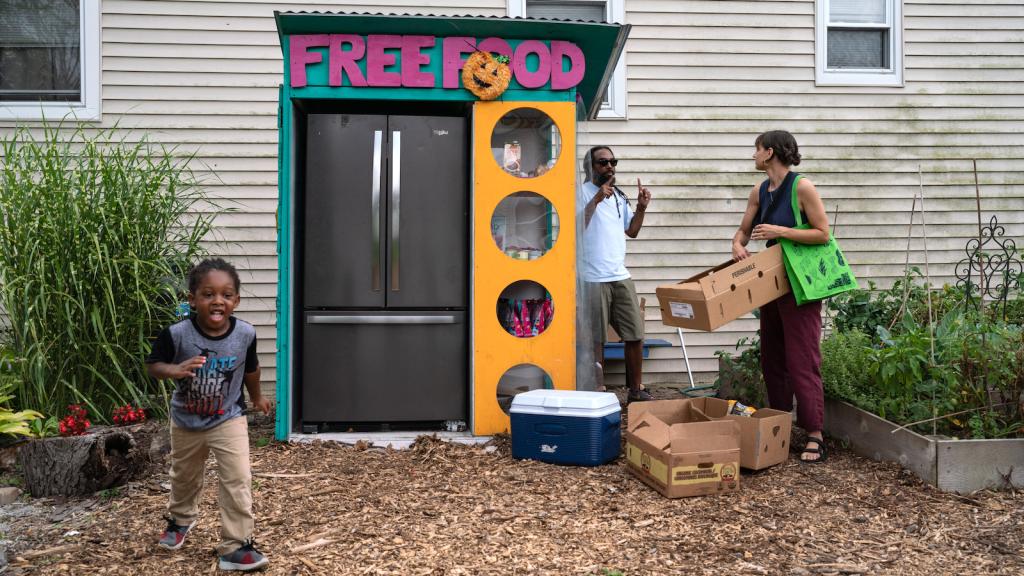Below the red-tile roofs of the Catalina Foothills, an affluent area on the north end of Tucson, Arizona, lies a blanket of desert green: spiky cacti, sword-shaped yucca leaves, and the spindly limbs of palo verde and mesquite trees. Head south into the city, and the vegetation thins. Trees are especially scarce on the south side of town, where shops and schools and housing complexes sprawl across a land encrusted in concrete.
On hot summer days, you don’t just see but feel the difference. Tucson’s shadeless neighborhoods, which are predominantly low-income and Latino, soak up the heat. They swelter at summer temperatures that eclipse the city average by 8 degrees Fahrenheit and the Catalina Foothills by 12 degrees. That disparity can be deadly in a city that experienced 40 straight days above 100 degrees last year — heat that’s sure to get worse with climate change.
The good news is there’s a simple way to cool things down: Plant trees. “You’re easily 10 degrees cooler stepping under the shade of a tree,” said Brad Lancaster, an urban forester in Tucs... Read more










